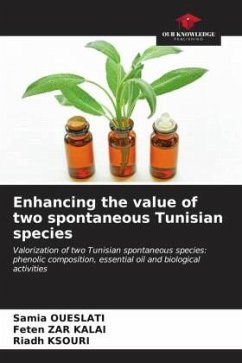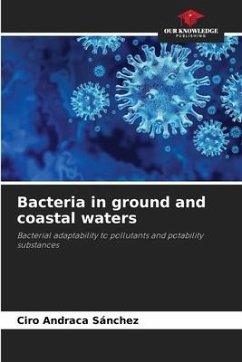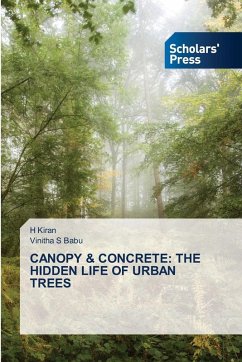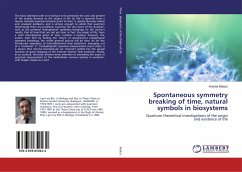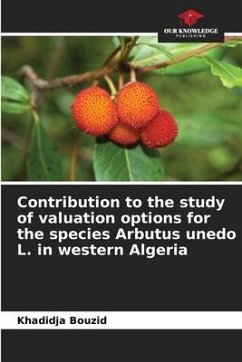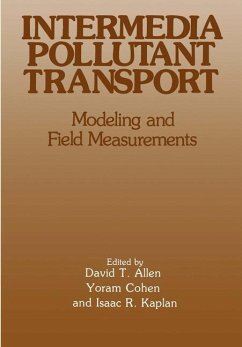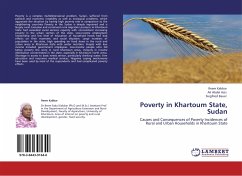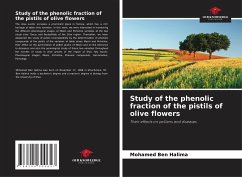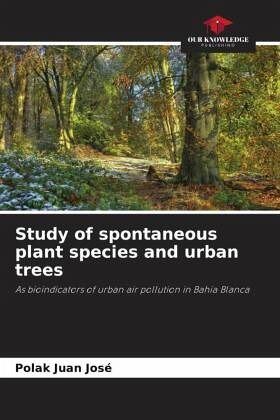
Study of spontaneous plant species and urban trees
As bioindicators of urban air pollution in Bahía Blanca
Versandkostenfrei!
Versandfertig in 6-10 Tagen
29,99 €
inkl. MwSt.

PAYBACK Punkte
15 °P sammeln!
The present work proposes to deepen the current knowledge on herbaceous and woody species, cultivated and spontaneous, to use them as bioindicators of air quality, and thus provide information for the development of action plans. The study was carried out in the city of Bahía Blanca with seasonal sampling throughout the year in the urban center, port/industrial sector and park neighborhoods, and the results were compared with each other. Pollen from Chenopodium album, Cupressus sempervirens, Diplotaxis tenuifolia, Fraxinus pennsylvanica and Populusalba was studied. To evaluate the viability o...
The present work proposes to deepen the current knowledge on herbaceous and woody species, cultivated and spontaneous, to use them as bioindicators of air quality, and thus provide information for the development of action plans. The study was carried out in the city of Bahía Blanca with seasonal sampling throughout the year in the urban center, port/industrial sector and park neighborhoods, and the results were compared with each other. Pollen from Chenopodium album, Cupressus sempervirens, Diplotaxis tenuifolia, Fraxinus pennsylvanica and Populusalba was studied. To evaluate the viability of the pollen grains of the selected species, Alexander's stain (Alexander, 1969) was used and germination tests were carried out in a medium enriched with sucrose. The results obtained in the viability and germination tests were correlated with air pollution monitoring data and meteorological variables. It was concluded that both pollutants and meteorological variables studied, in most cases,show a negative correlation with respect to pollen viability and germination.





